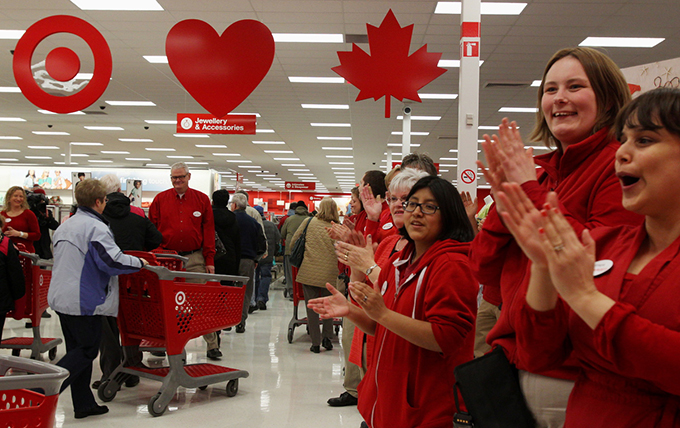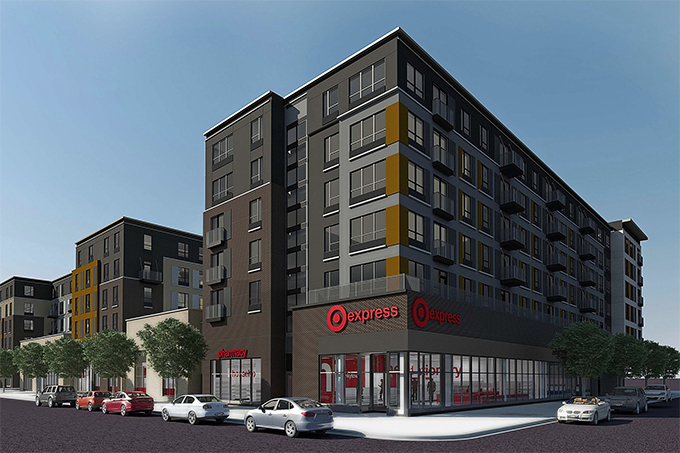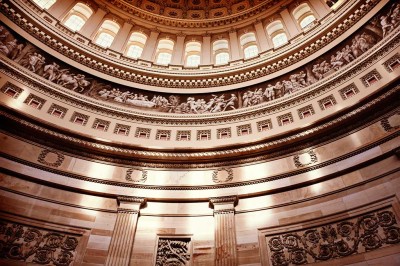As an observer of all things retail, I take notice when giants in the business face spectacular challenges –especially when they fail. I always want to know: What went wrong? Could this have been prevented? If so, how? How will the entity learn and grow from this experience? Is there something I can learn that will help me in my future business dealings?
Today I am thinking about the debacle that was Target stores in Canada.
Imagine you are a Canadian shopper eager to try out this giant American store that has just moved into your country — all the anticipation, the excitement with which you’ll be able to partake of the bargains, the cheap-chic and the fun generated by the company’s hip, playful advertising campaigns.
On your first trip, many shelves are empty. The prices are higher than you remember from shopping trips in the U.S. And you can’t find your favorite Cherry Coke because they don’t carry it. Would you come back? What would you tell your friends? This was the scenario faced by many Canadians when they set foot in the stores two years ago.
Target Canada: Expect less, pay more
Target launched a bold effort in 2011 to bring its brand to Canada. This was Target’s first effort to move beyond the U.S. border, and the company expected to be profitable by the end of 2013. Canada seemed like a logical place to start an international expansion. After all, Canada is close to home and linguistically and culturally similar. Plus, Target had a unique opportunity to buy 120 stores from a bankrupt Canadian discount department retailer, Zellers. Target wouldn’t have to build from scratch.
Admittedly, Target was a latecomer to Canada, entering the market behind Walmart and Sears. But 70 percent of the population was already familiar with the Target brand, and 10 percent of Canadians shopped at U.S. Target stores during the previous year.
(The Canadian Press)
But after only two years, Target closed the last of its Canadian stores this past month. One forlorn fan, Harrison Jordan, held a funeral on the last day to honor Target’s brief existence in Canada. Target was “taken away from Canadians way too soon,” he said.
Target spent approximately $4 billion getting into Canada, setting up a total of 133 stores. But after approximately $2.5 billion in losses, Target’s new CEO, Brian Cornell, decided to pull the plug on the Canadian operations, leaving 17,600 low-income workers without jobs. It’s a sad tale for “Tar-zhay,” a brand that was once loved by both low-income and upscale shoppers for its cheap-chic formula with value pricing, trendy designer goods and creative advertising.
(Calgary Sun)
Target created a whole shopping list of problems for itself with its ill-fated move to Canada:
- The Zellers stores Target bought were mostly located in rundown shopping
- The stores were smaller in size than U.S. stores.
- On opening day, stores were under-stocked.
- Prices were higher than those in the U.S.
- Sought-after products, like Cherry Coke, weren’t available in the Canada stores.
- American executives didn’t understand the subtleties of the Canadian retail market.
Said one former employee, “The inventory problems got so bad at one store that workers filled half an aisle with Tide detergent because they didn’t have enough other products to fill the space.”
The recession
Target’s troubles started piling up long before its ill-fated adventure in Canada.
The big-box retailer struggled during the recession as “guests” were less willing to pay for non-essential products and more inclined to shop at Walmart for deeper discounts. Other retailers started copying Target’s cheap-chic formula. Target lost its way.
Target tried to adjust by offering pharmacies, grocery items and other commonplace consumer staples. But the company’s culture suffered, too. No longer “fast, fun and friendly,” Target’s culture became “secretive.” Target’s income fell. Senior executives abandoned ship. And then Target experienced a mammoth — and possibly avoidable — data breach that impacted 70 million shoppers.
CEO Gregg Steinhafel was eventually replaced by former PepsiCo executive Brian Cornell, whose strategy — besides leading Target’s exodus from Canada — includes targeting Hispanic shoppers, bolstering the baby department, investing $1 billion in technology, and looking beyond the suburbs.
Target turns its attention to urban centers
Under Cornell’s leadership, Target — using smaller “footprints” — is now entering U.S. cities. The new stores are called TargetExpress, and they’re only 20,000 square feet (much smaller than Target’s CityTarget stores that average 80,000 to 100,000 square feet). Analysts expect Target to open up 50 new TargetExpress stores.
(Target)
Target’s goal is to reach “urban-migrant Millennials,” who grew up with the brand. TargetExpress offers guests in urban areas access to grab-and-go food, personal care and beauty products, basic clothing, tech items and pharmacies — all geared to satisfy shoppers’ immediate needs.
“U.S. consumers are moving back to cities. We have to make sure we have a footprint in that environment,” Target CEO Brian Cornell said.
Lingering questions
Target seems to be getting back on track, but the real question is whether Target will ever recover its cache with its “guests”? Will Target be able to compete in urban settings with stores that have smaller footprints and limited offerings due to space? Will the company be able to offer unique products, or will it seem too similar to Walmart, Walgreens and Bed, Bath & Beyond? Will new executive leadership be able to put the company back on track?
I am eager to see how Target will answer these questions. It will also be interesting to see how Target deals with disappointed landlords in Canada who were left holding the bill. Oh my.
Anjee continues to be an insatiable collector of all things retail. She’s a student of culture living next door to future shoppers, whose fleeting trends constantly change the retail landscape … driving retailers, landlords and developers crazy!

 Anjee Solanki
Anjee Solanki




 Colliers Insights Team
Colliers Insights Team
 Coy Davidson
Coy Davidson